Mazda has revealed its intention to launch a new rotary-powered sports car, confirming that its concept car at the Tokyo motor show will be powered by an engine called Skyactiv-R, some three years after the RX-8 exited production.
Rotary engine technology is something that has come to define Mazda, and its significance to the company can be traced right back to its roots. To accompany the launch of the RX-Vision, Mazda has recalled its history with rotary technology.
Mazda’s first rotary engine prototype was developed in 1961 and was born out of a technical co-operation between Toyo Kogyo, as Mazda was then known, and Wankel engine developer NSU Motorenwerke.
Mazda describes that period in time as one when “motorisation in Japan was finally emerging from the confusion of the post-war period and starting on an upward climb. There were clear signs that competition was intensifying among car makers, and the pace of the industry’s reorganisation and capital tie-ups was gaining pace.
“Within this environment, a late starter such as Mazda faced having to make tough decisions on how best to display its distinctive character if it were to maintain its independence. This is when talk of the rotary engine first appeared on the scene as a dream technology for the future.”
Toyo Koygo president Tsuneji Matsuda did a deal with NSU to commercialise the Wankel technology, the goal being to position Mazda as a new company at the cutting edge of technology.
In the company’s own words, “Mazda felt that by taking on the challenge to create new value with the rotary engine, it could make a giant leap forward in establishing its identity as a unique, independent car maker”.
In total, 47 engineers spent the next six years working on making a rotary-powered production car a reality. “Actual development of the engine proved extremely difficult,” says Mazda. “The research department faced a number of tall hurdles, not least of which was how to tackle the chatter marks, also known as the ‘devil’s nail marks’, left on the inside walls of the rotor housing as the result of friction caused by the rotor turning at high speed.”
The fruits of the research were shown to the world on 30 May 1967 when the Cosmo Sport received its world debut, a model powered by a two-rotor rotary engine. A year later the car took fourth place in an 84-hour non-stop race at the Nurburgring, something Mazda says “proved that the rotary engine delivered excellent performance and was highly durable”.
The rotary engine really came of age with the launch of the Savanna RX-7 in 1978. Notable for more than its looks and motorsport prowess, the RX-7 made a big leap forward in fuel economy, coming in a decade plagued by fuel crises and increasingly stringent environmental targets, particularly in North America.


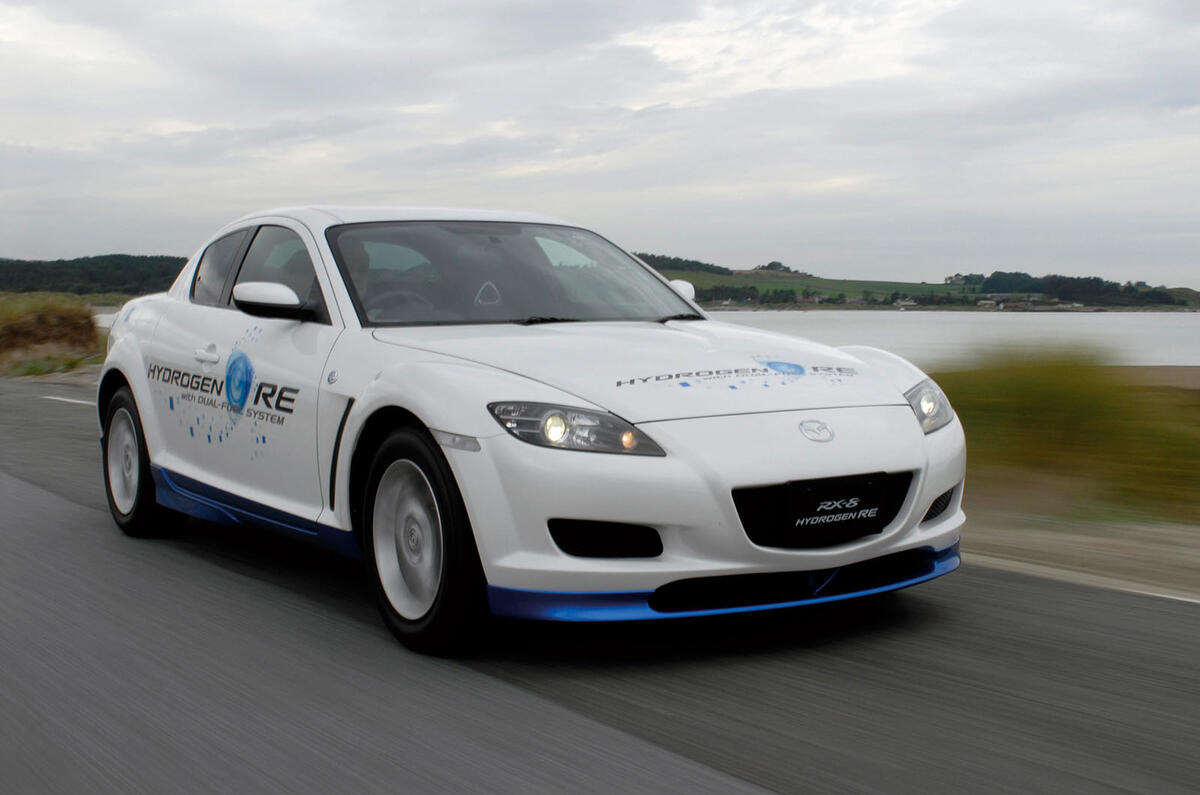
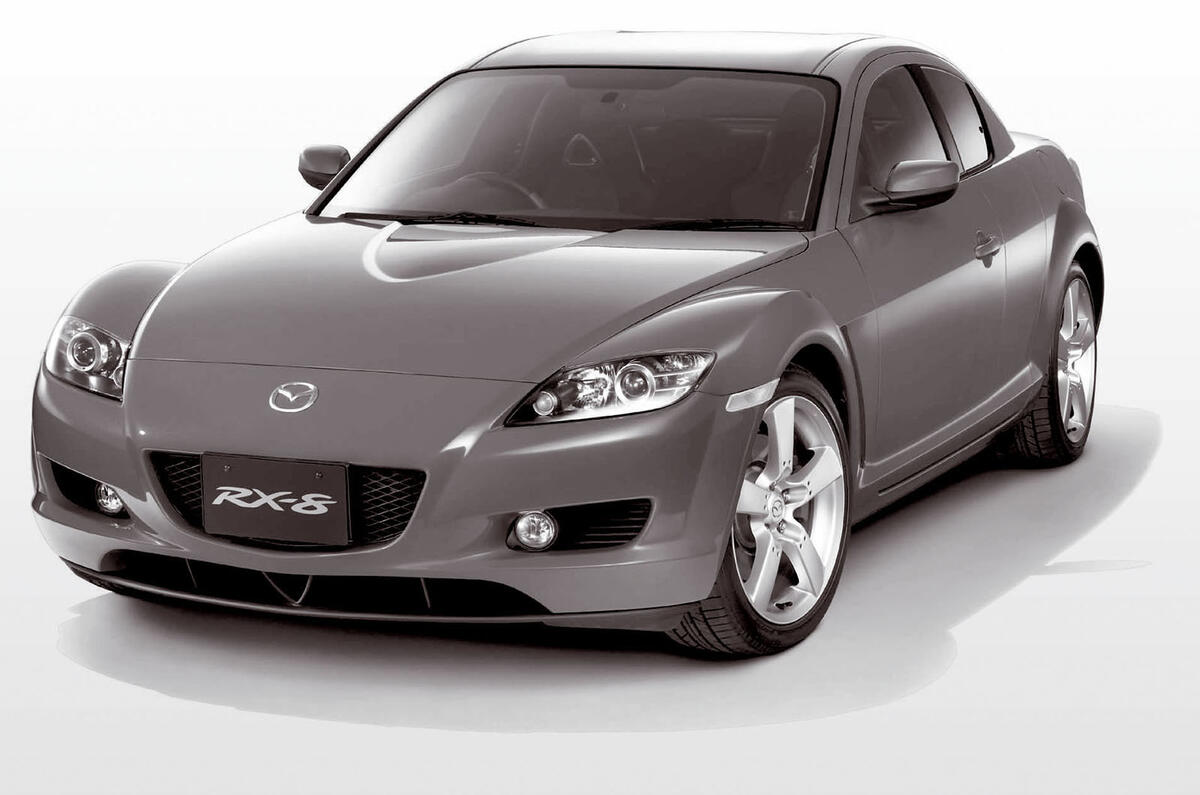
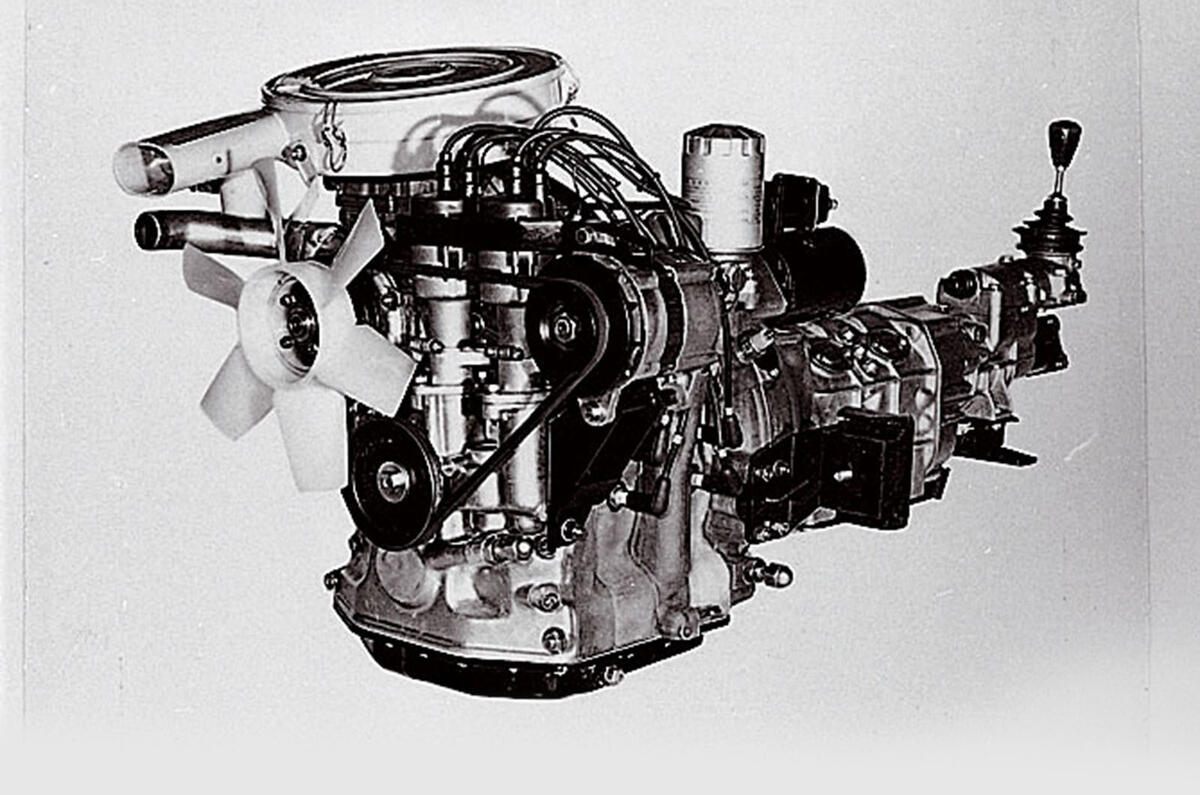
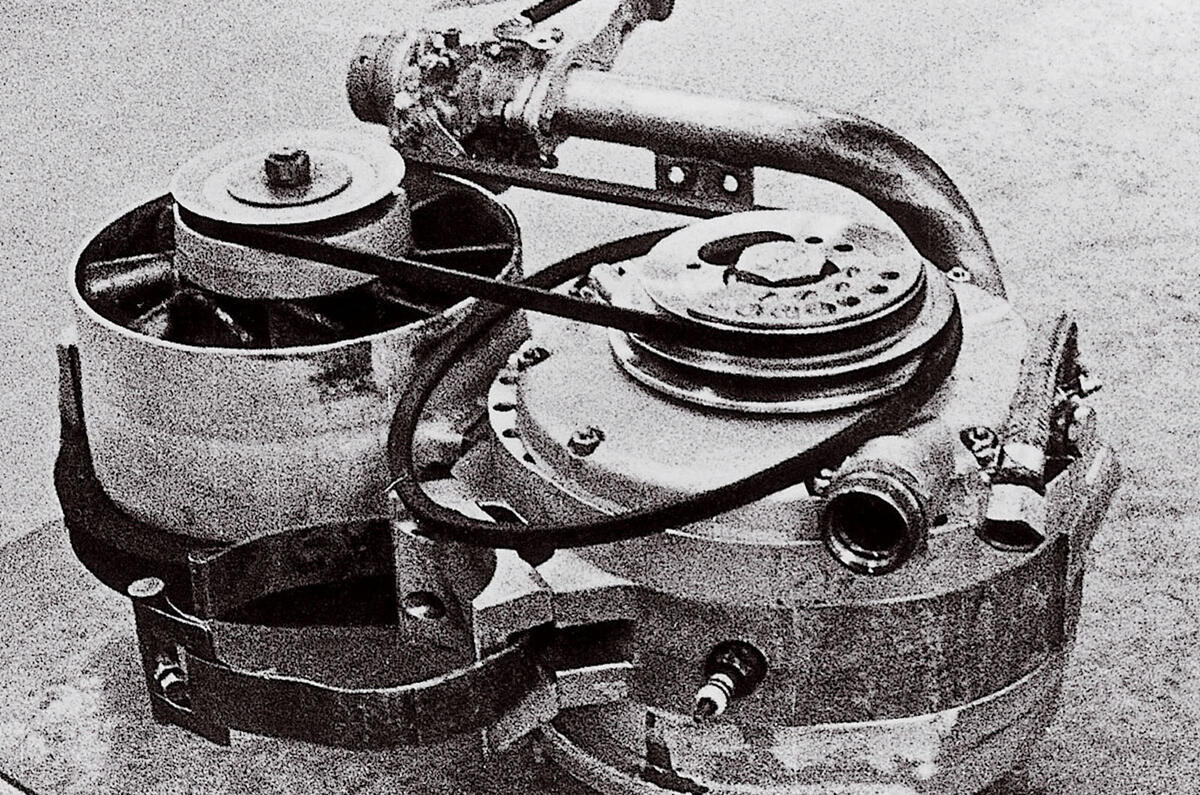
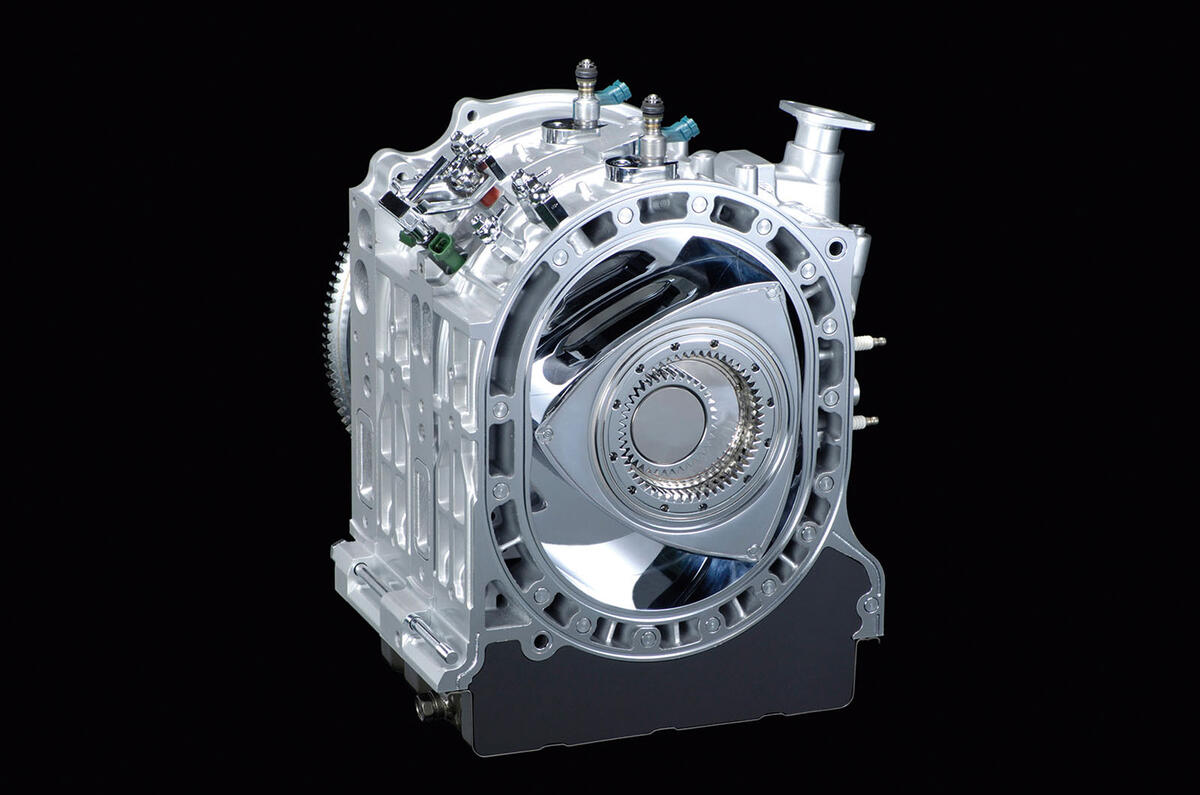
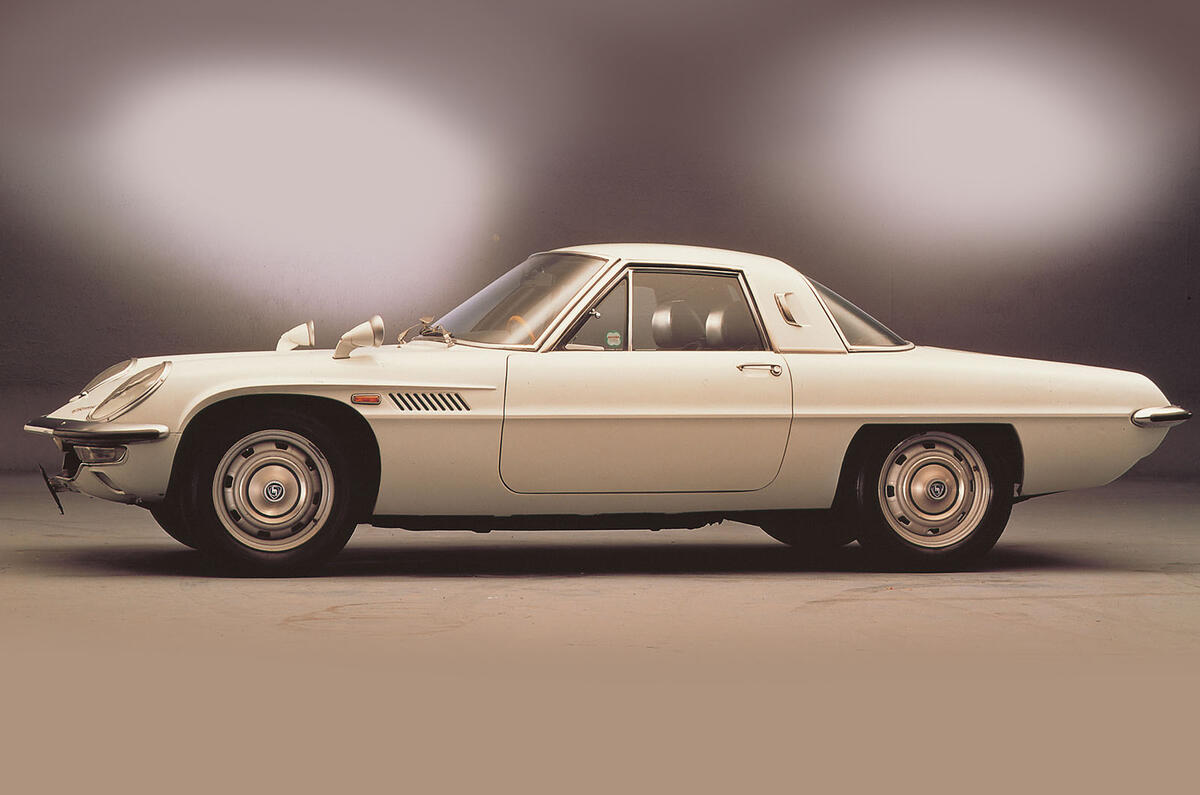
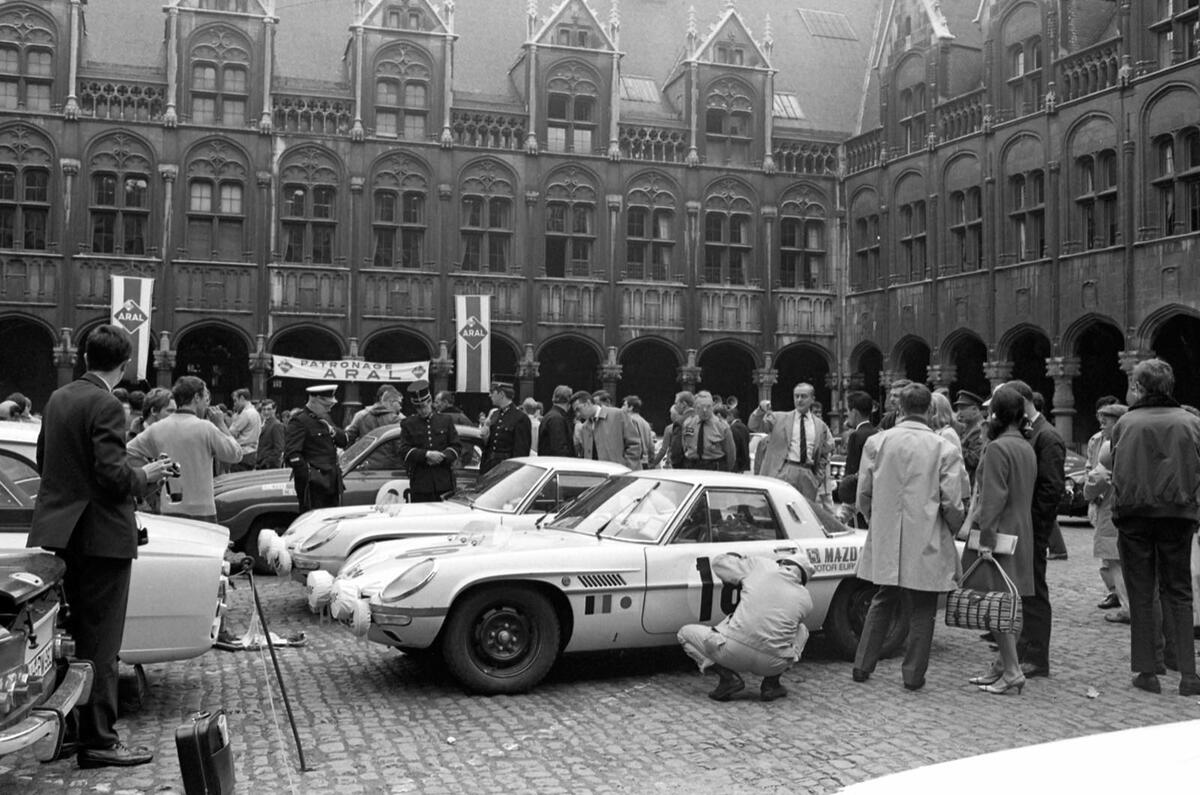
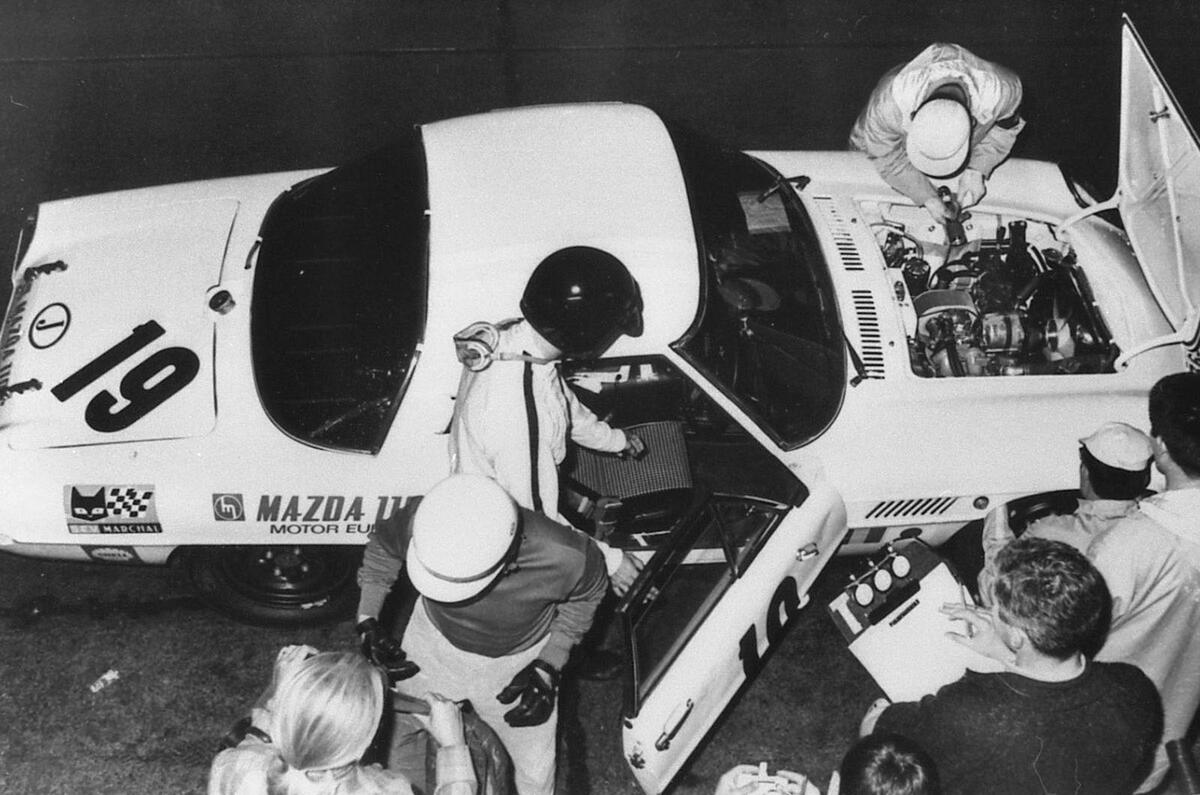
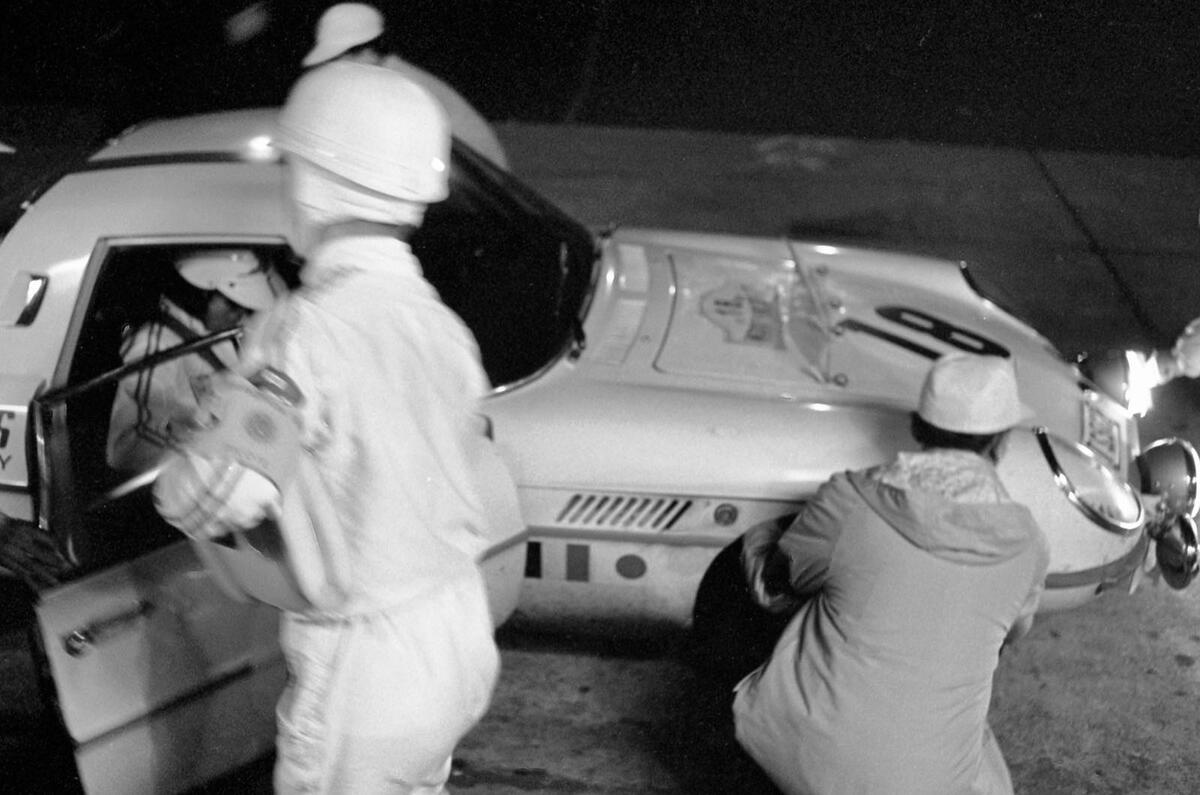

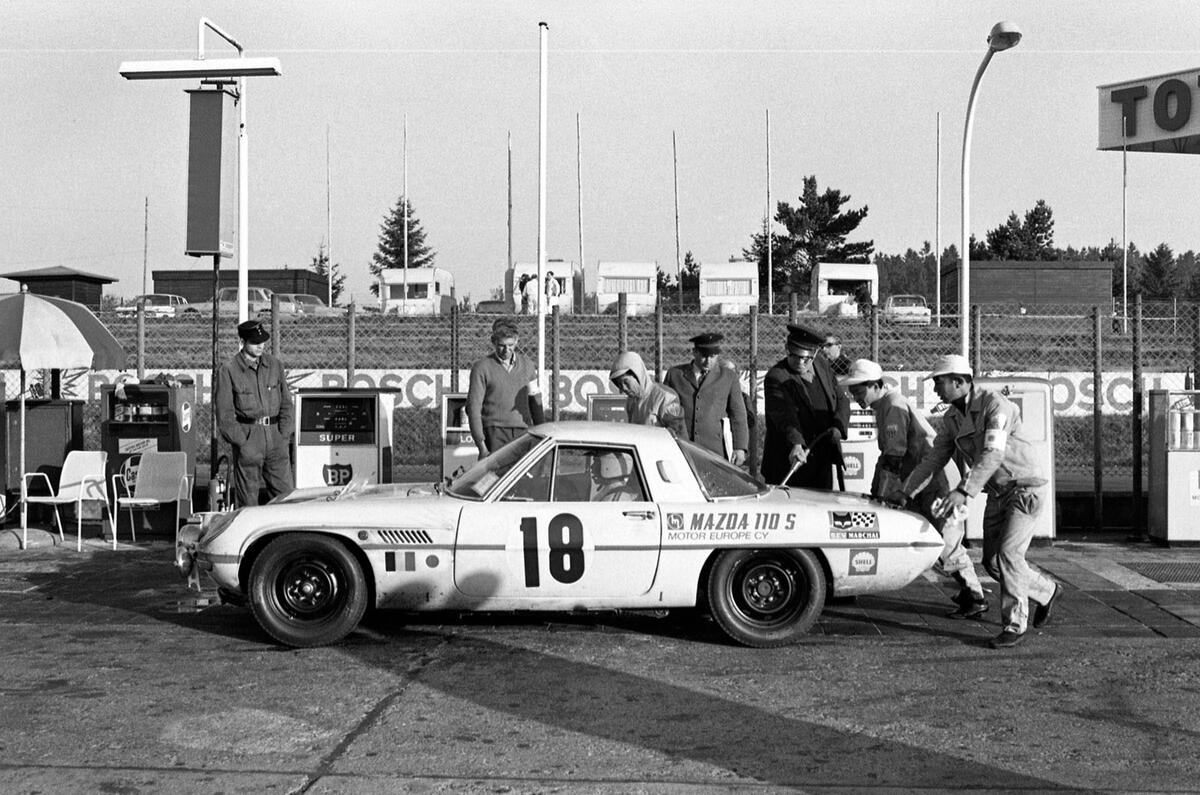
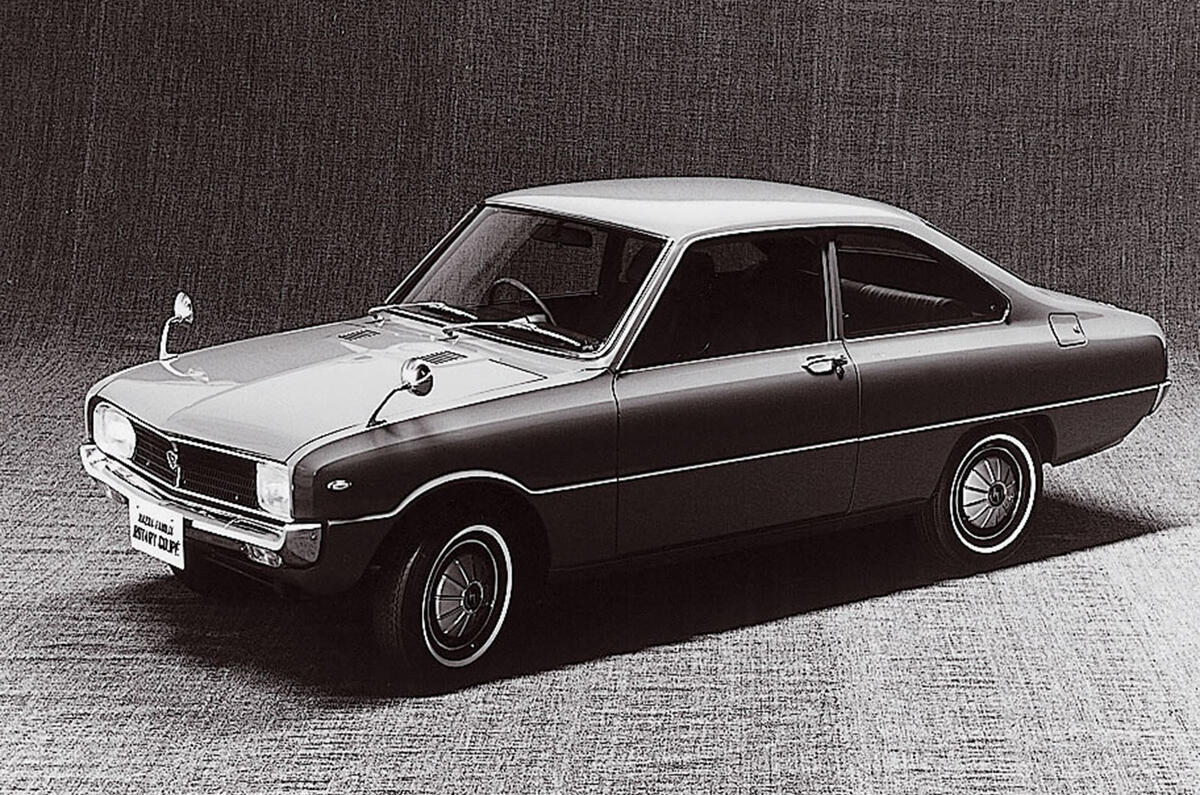
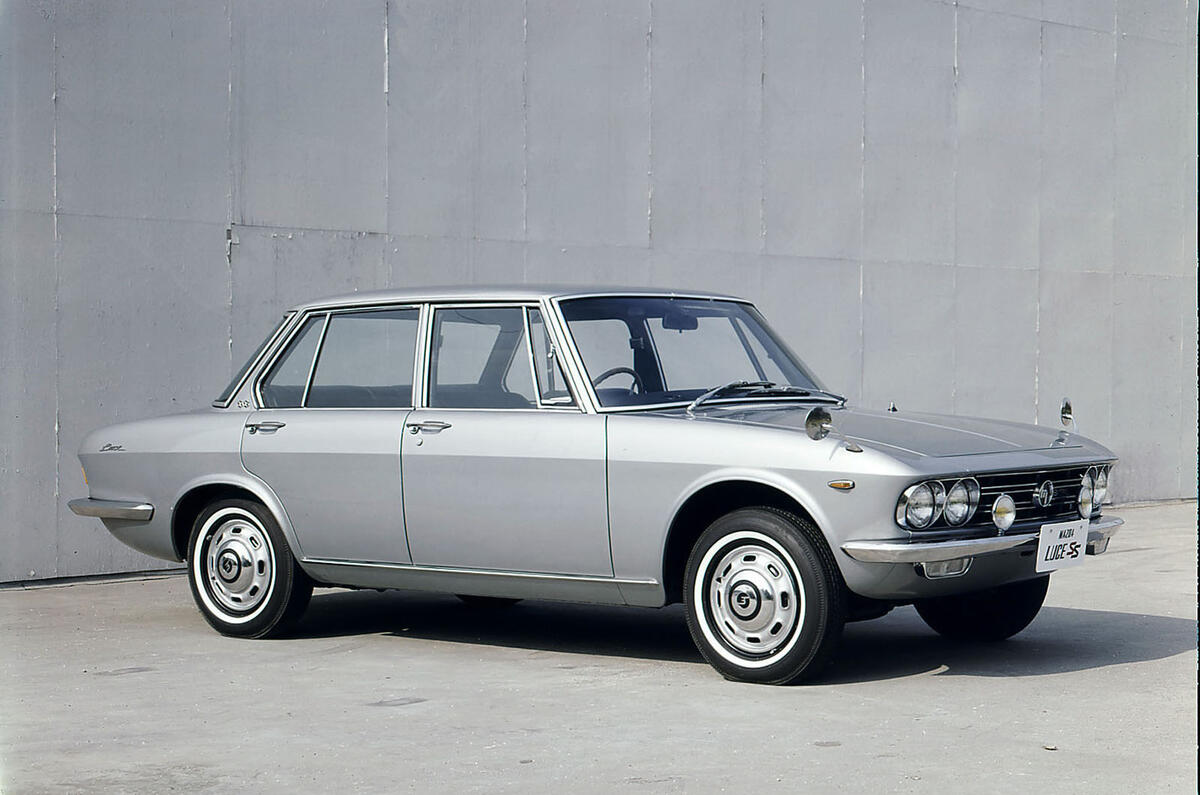
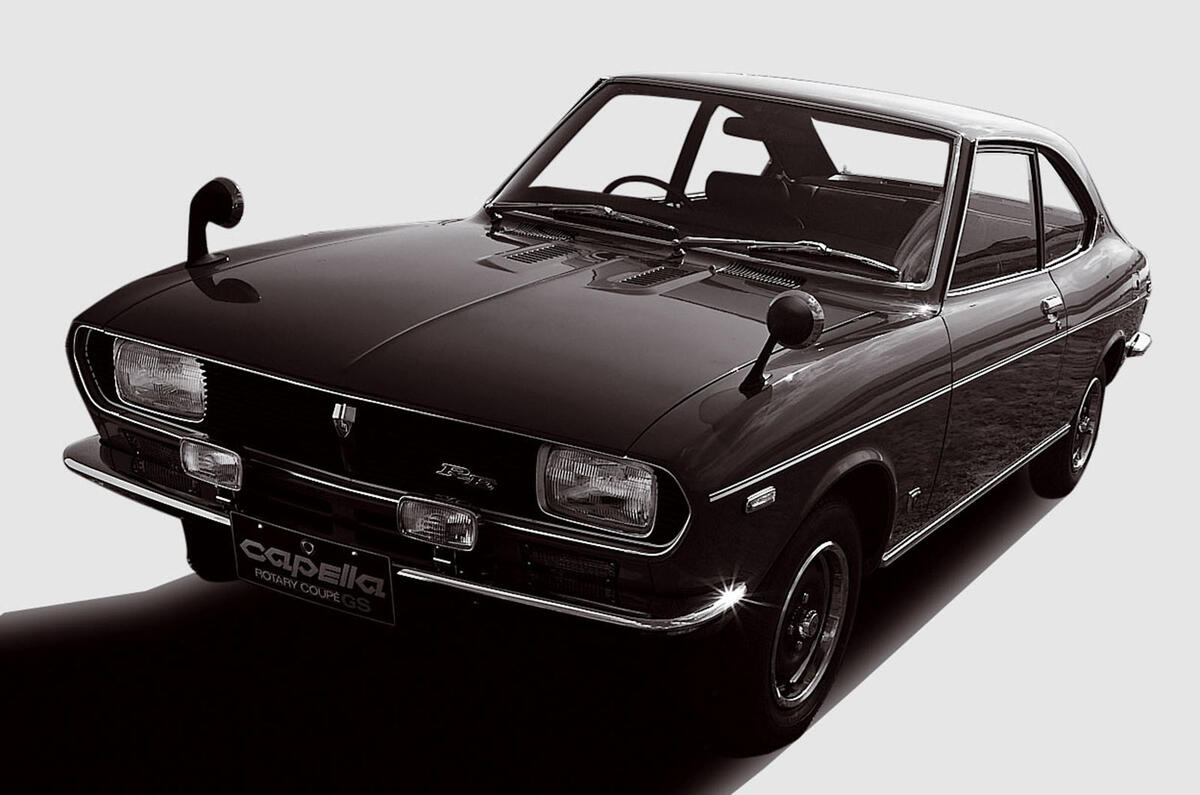
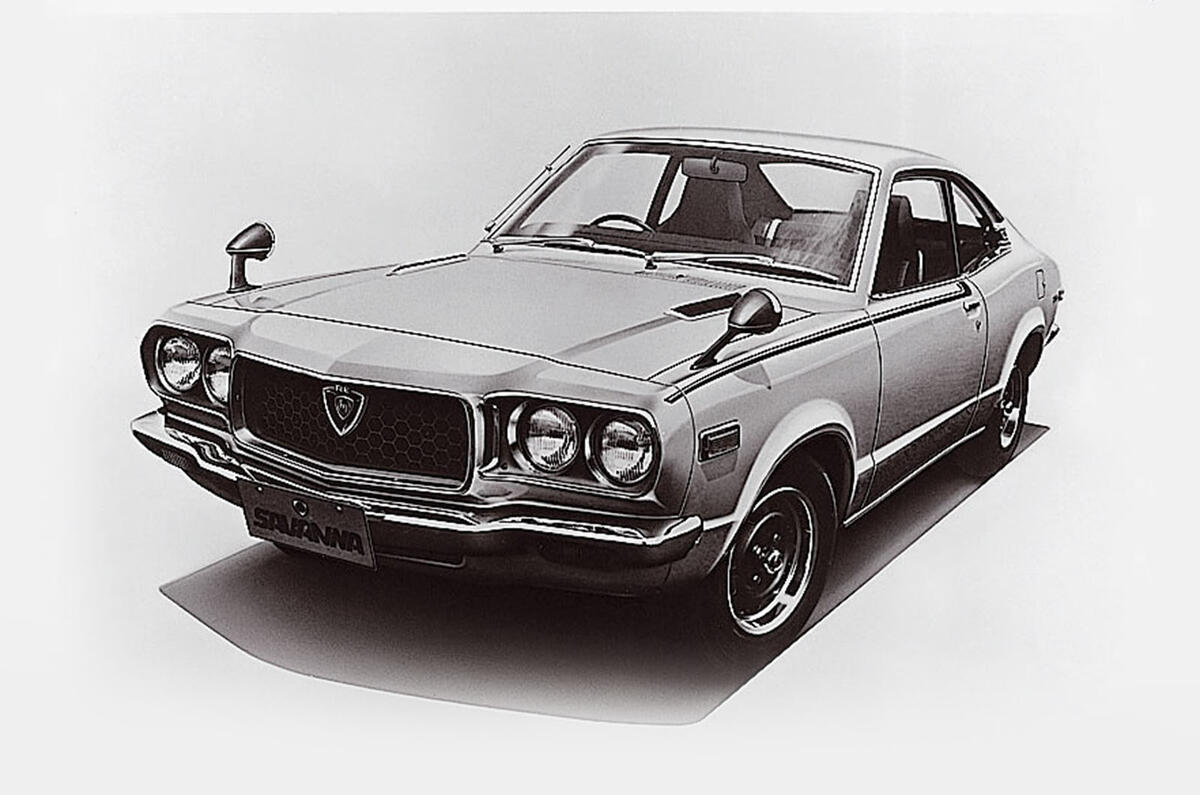

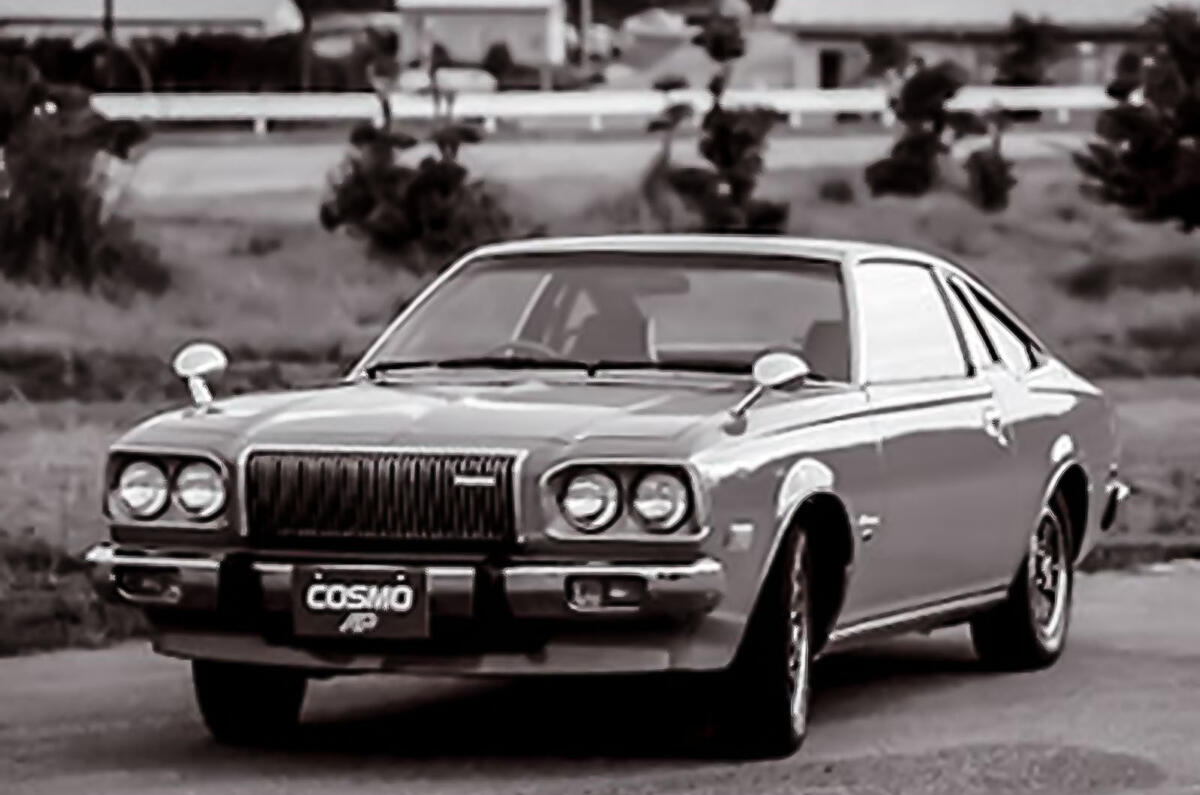
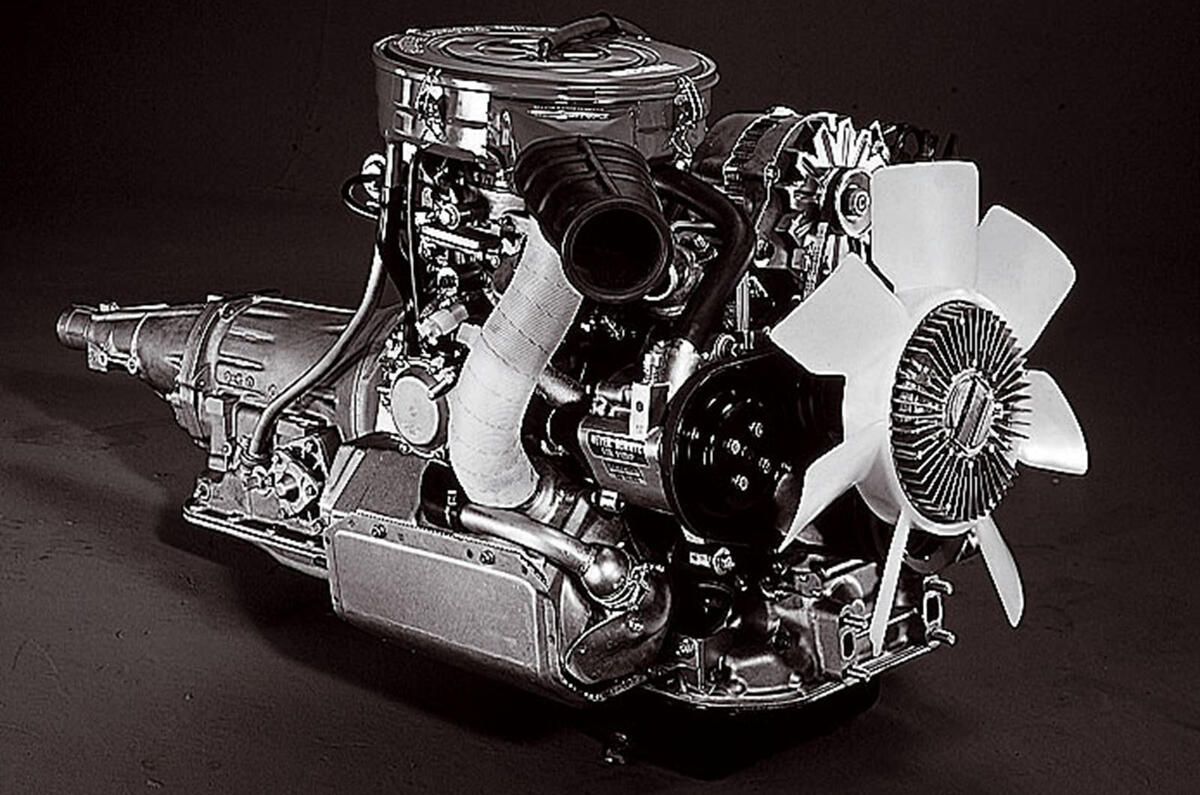
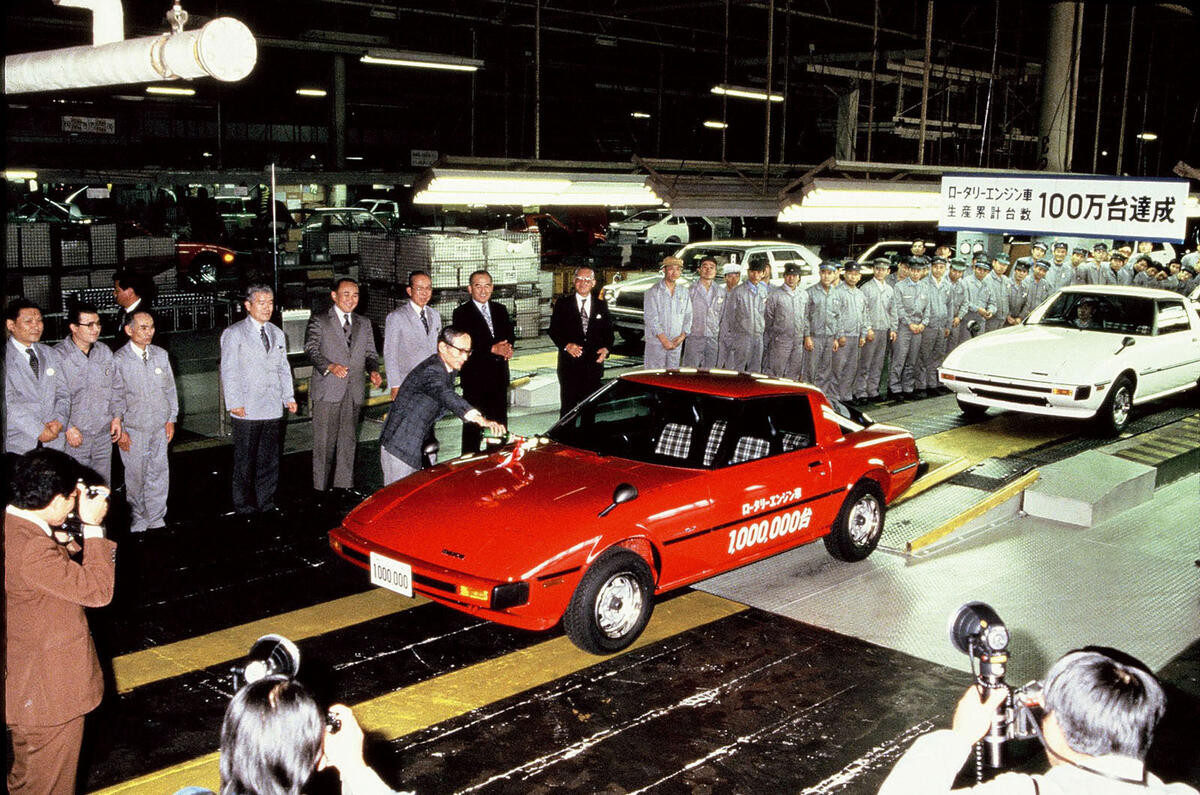
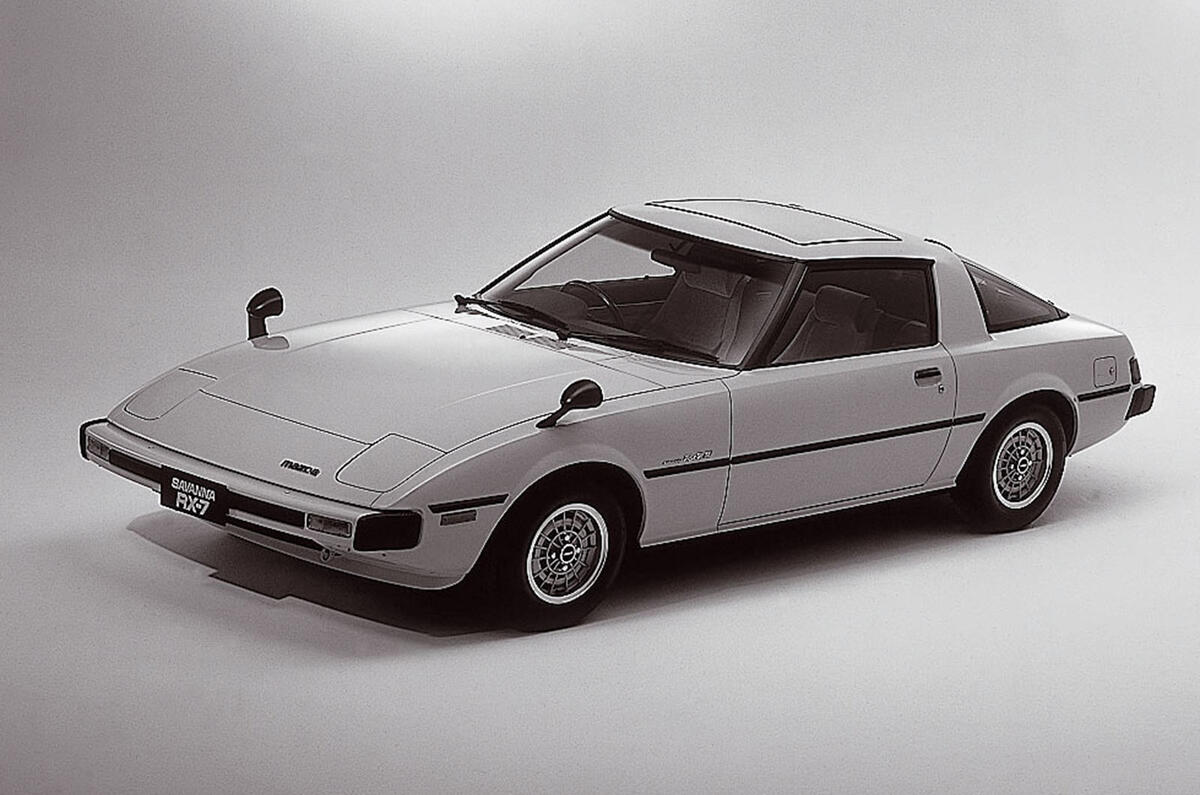


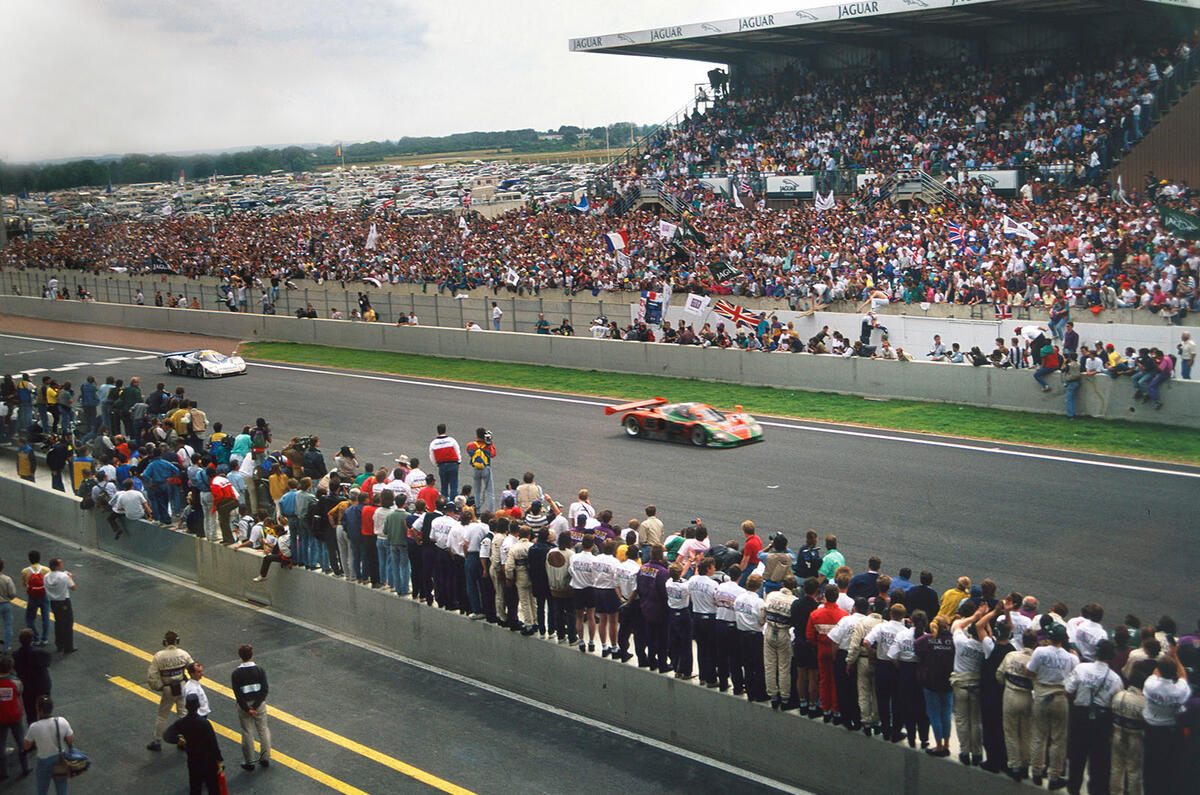
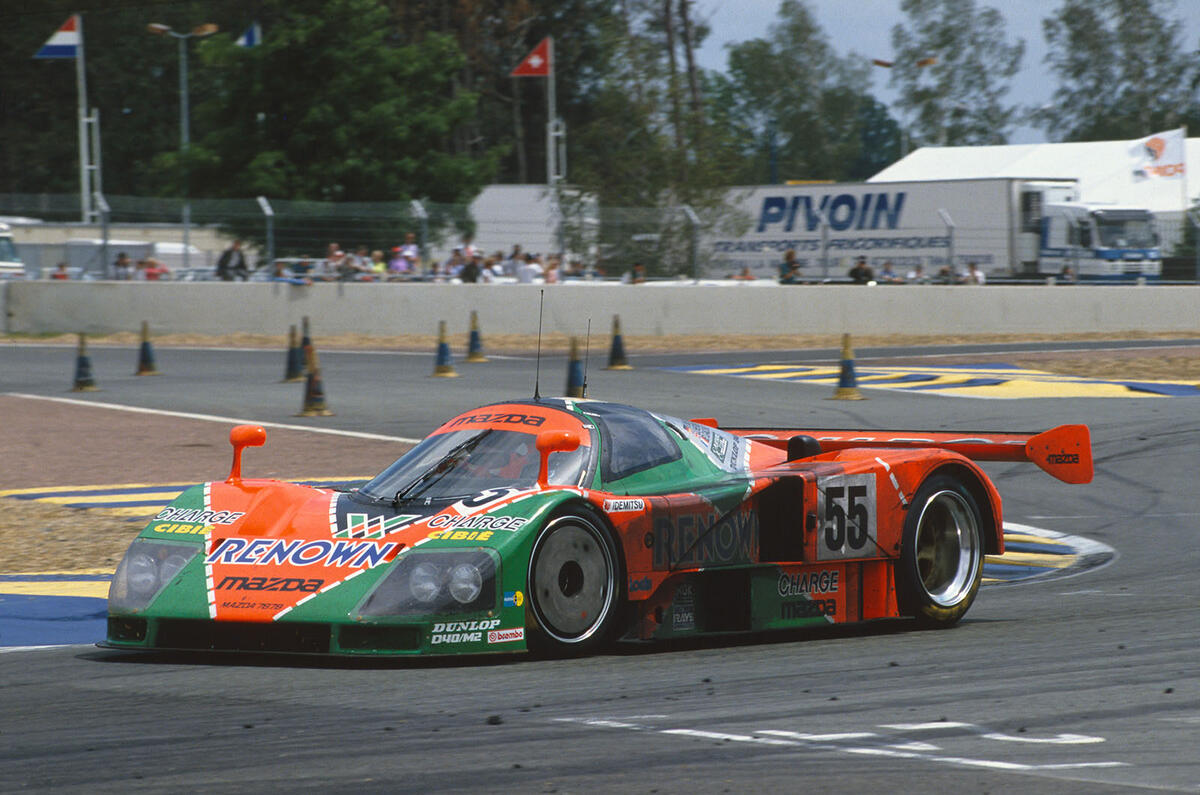
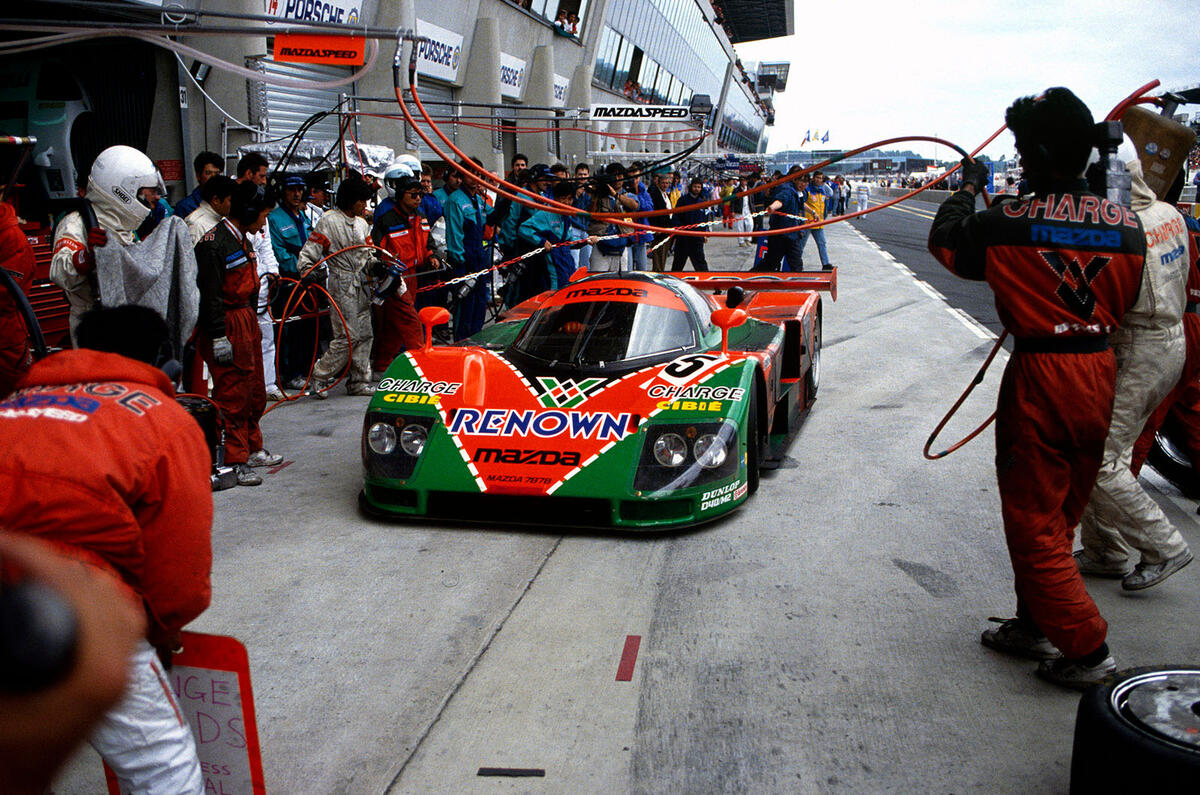
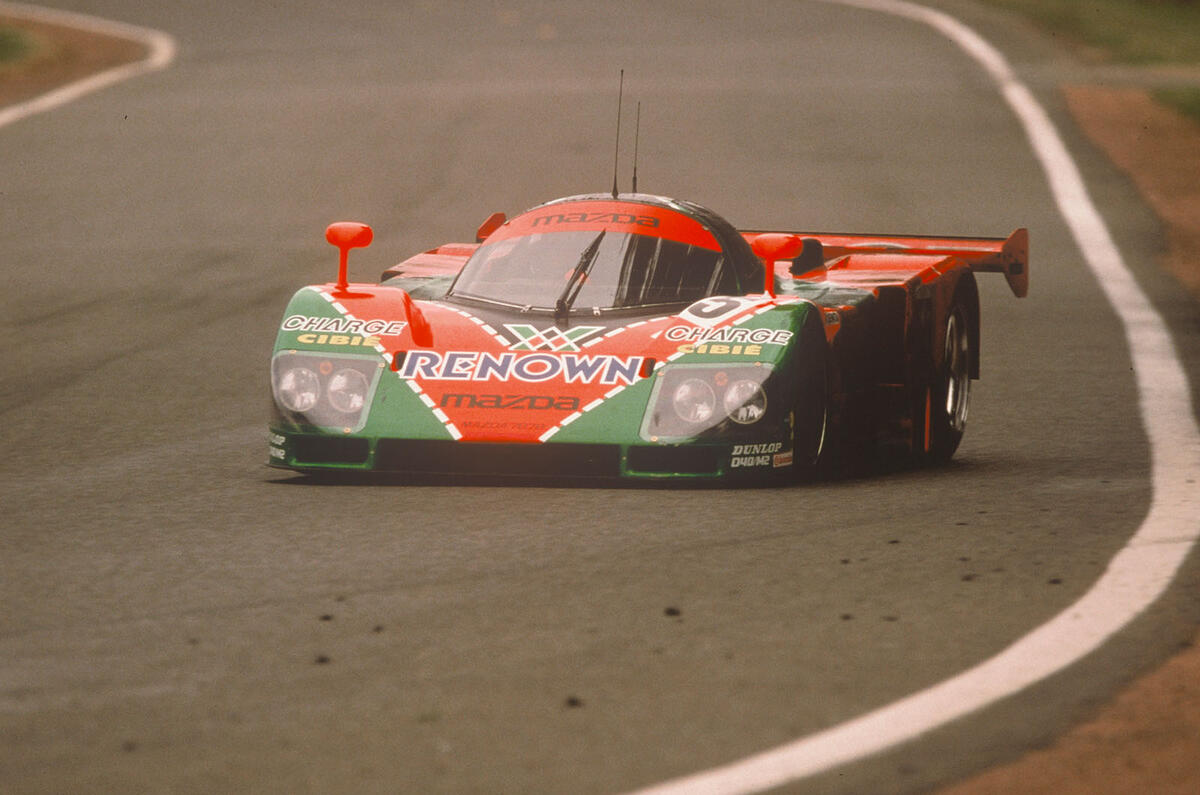
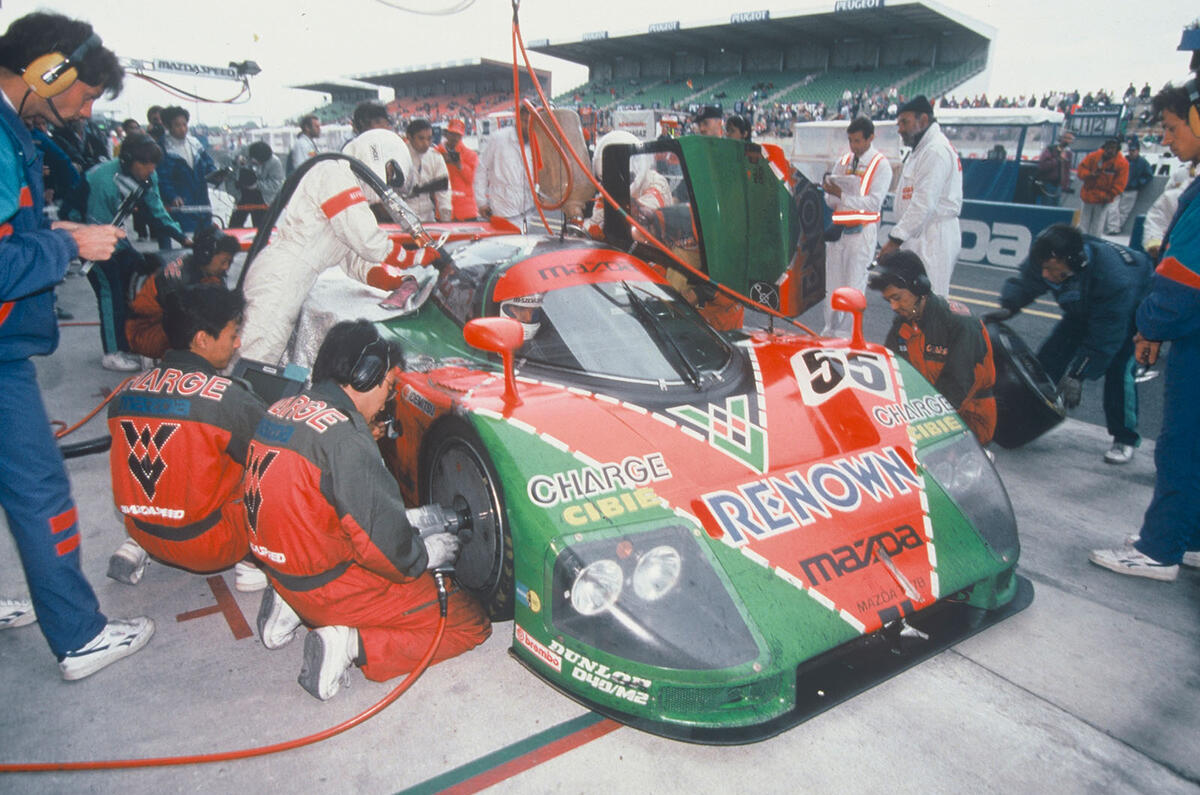
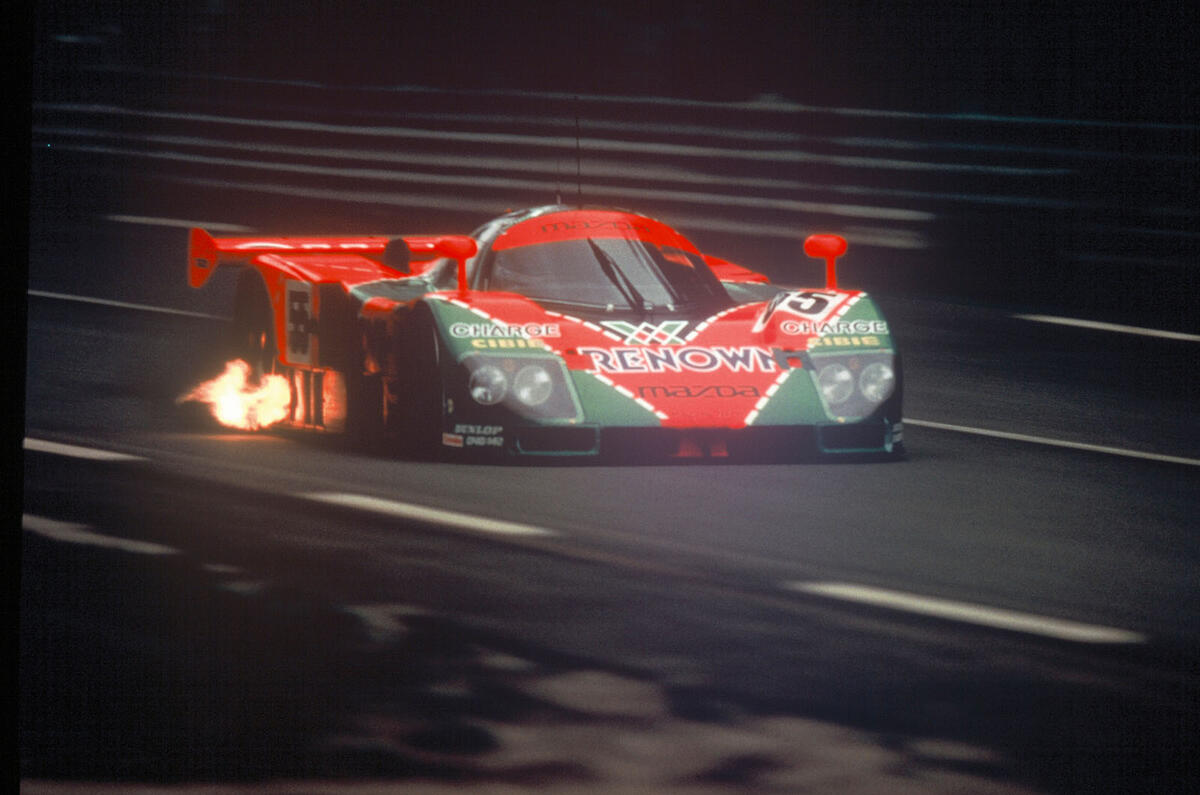
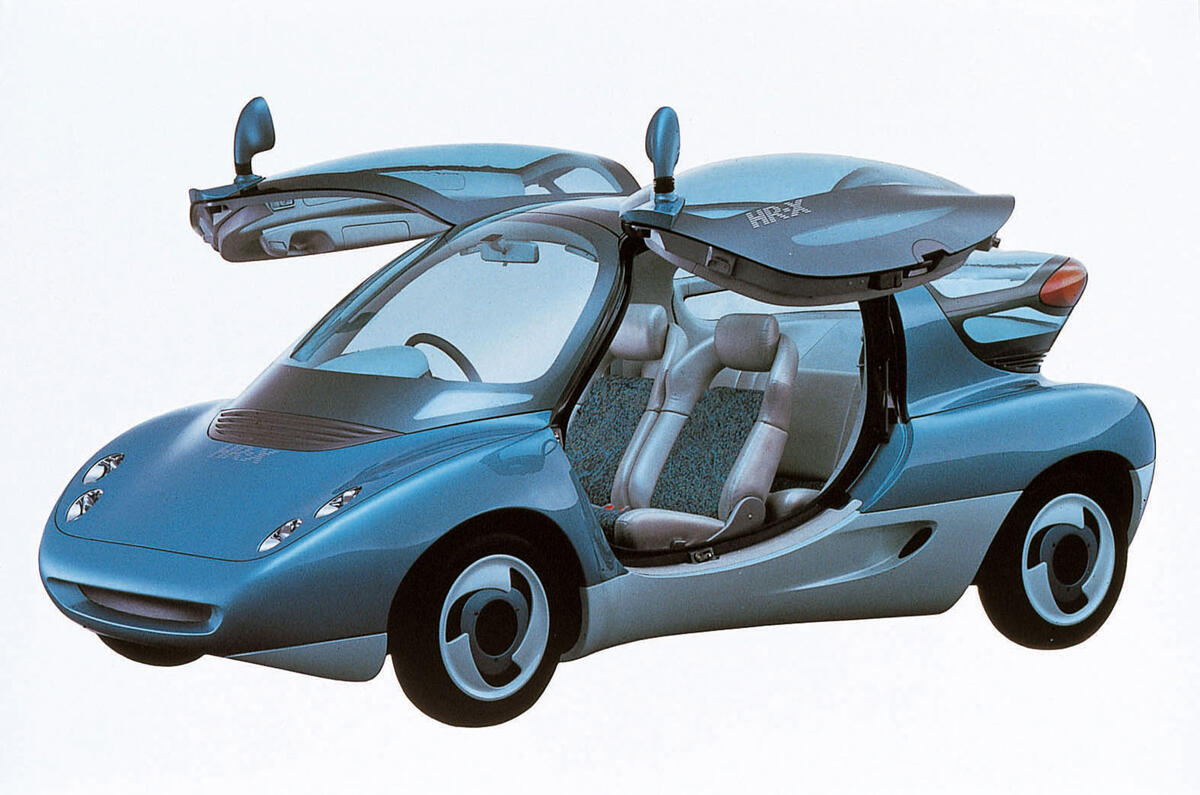
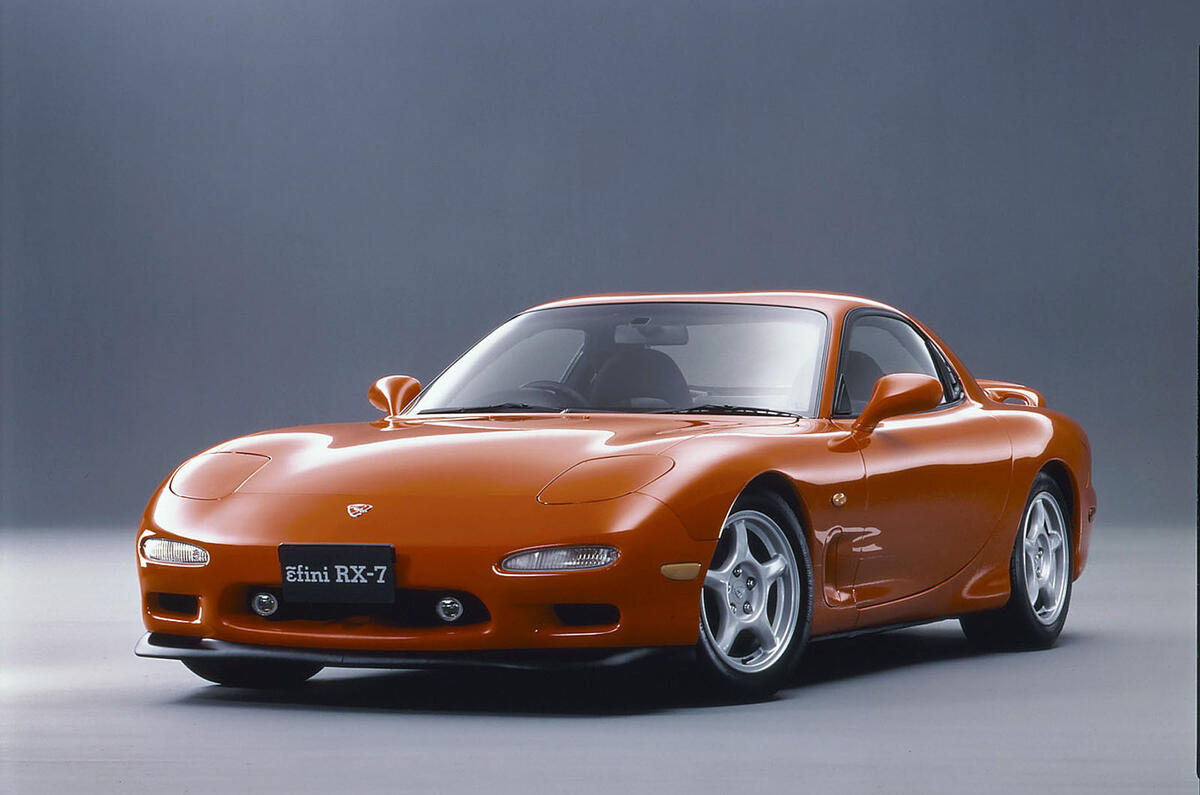


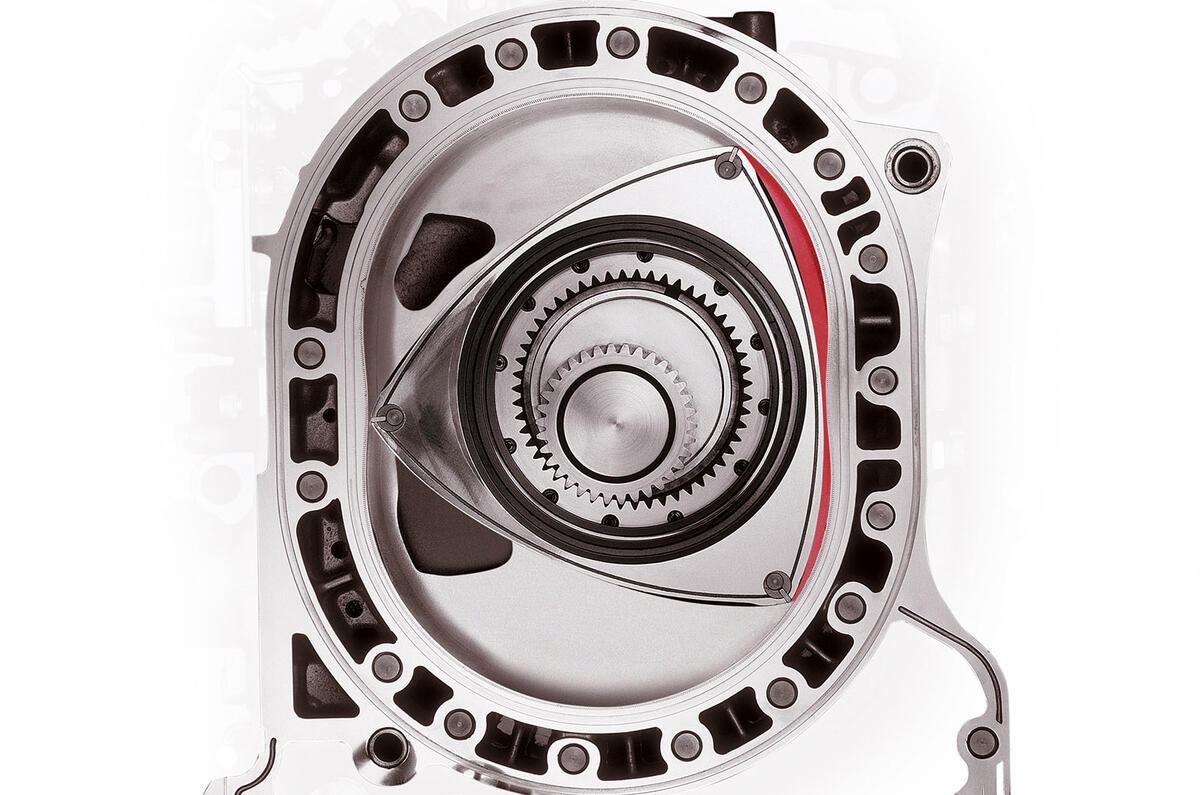
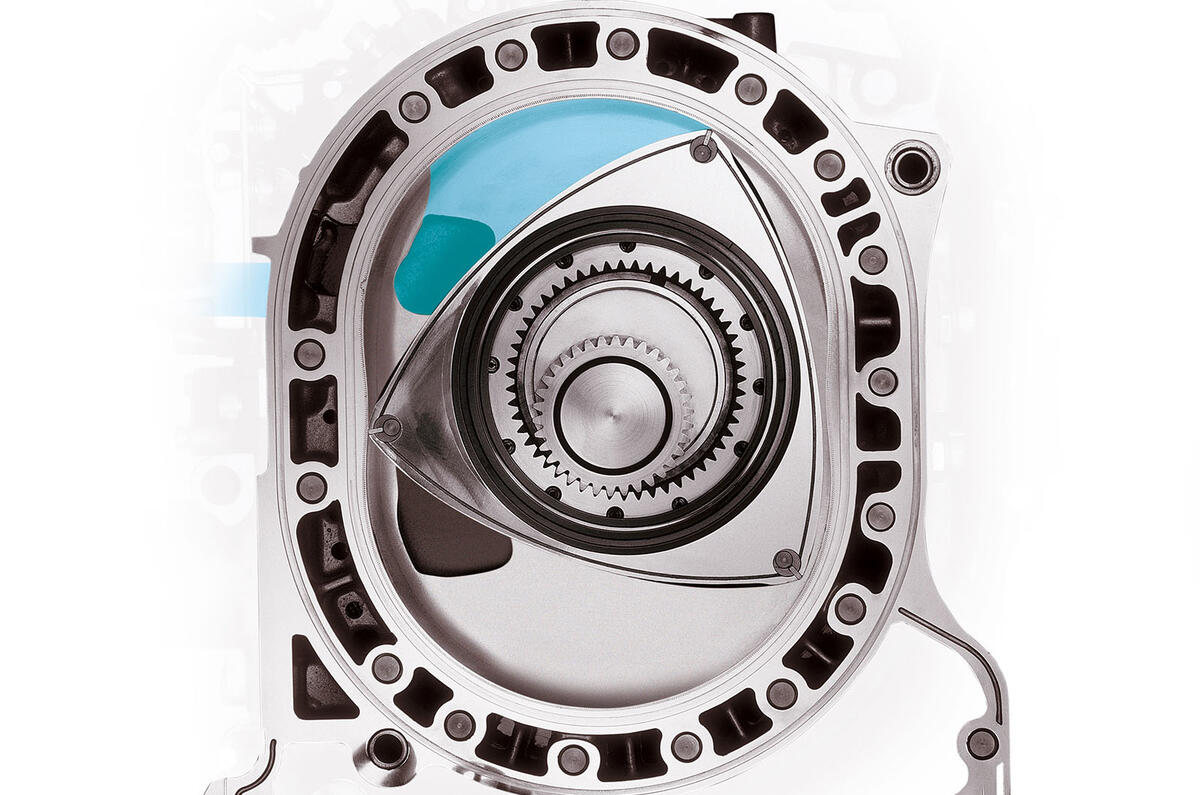
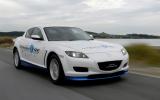








































Join the debate
Add your comment
Aptly Named Engines